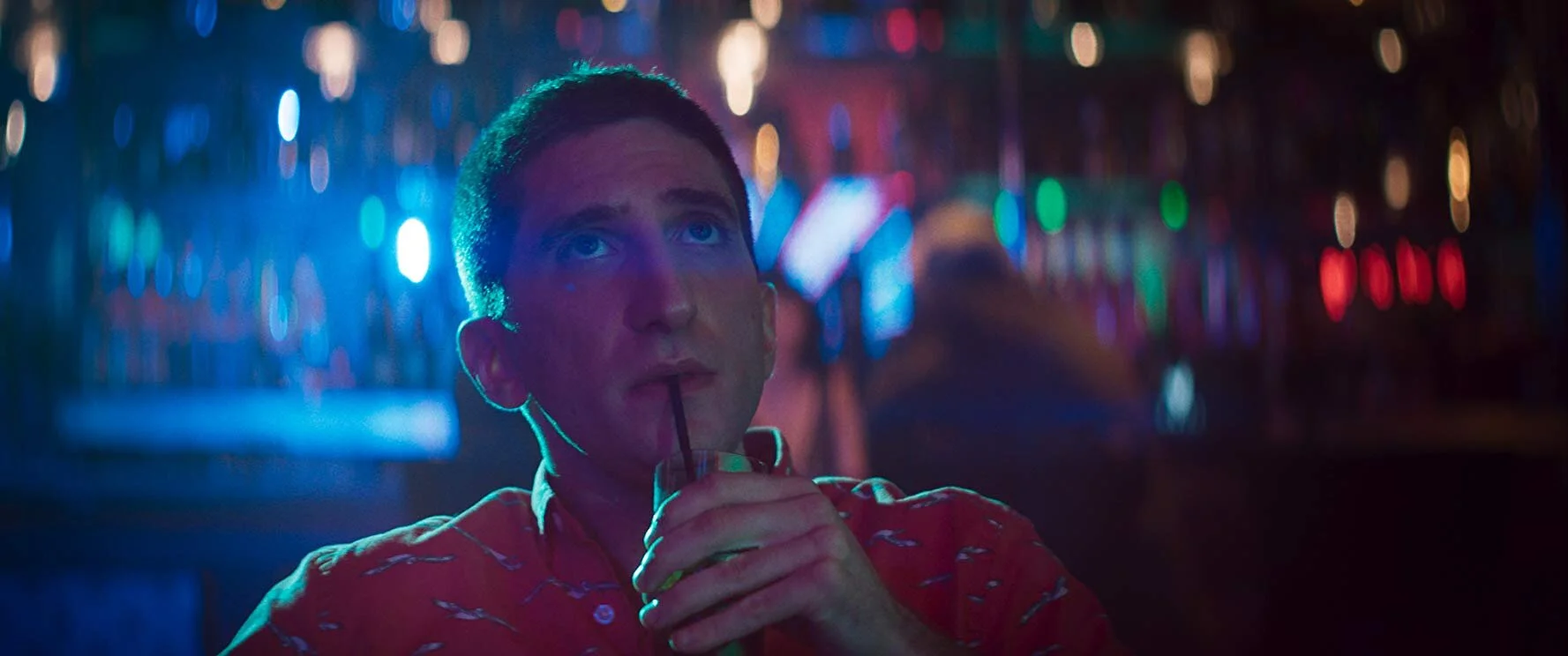Book Review: Freedom or Death
The Wooden Gun, Rugby Posts and the Flag © Gideon Mendel
Gideon Mendel photographed scenes of the apartheid in South Africa, before leaving Johannesburg in 1990 with hope for a new place to settle in the UK. Years later, in 2016, he would come to realize that the images he deemed ‘unimportant’ and left behind held significant meaning for the lived experiences of those affected by this violent era, and ultimately inspire the book titled Freedom or Death.
East Rand, Gauteng 1985 © Gideon Mendel
When looking through the first of three sections in the book, each being defined as an ‘intervention’, the nature of the water-damaged negatives appear almost surreal. Some feature vibrant, swarms of color that invade the photographs of anti-apartheid protests, militarized forces, and violent scenes of arson. Other damage remains entirely black and white, as if viewing each singular moment through an acid-washed lens; others sport infectious shapes that expand like water droplets from the center of the photographs, outward. This water damage acts as a reminder of how susceptible memories are to change, and how events from the past can become misrepresented as quickly as water can distort a film negative.
The second ‘intervention’ features a collaboration between Mendel and Marcelo Brodsky, an Argentinian artist and activist who imposes notes, bursts of color, and sketches onto the photographs. From coloring the shirts of crowd members with shades of the South African flag, to labelling the location of each image, Brodsky is able to utilize multimedia art in order to enhance both the information and meaning provided in each of Mendel’s images. In one image titled Eastern Cape, South Africa he adds a note below the soldiers, saying: “Honor to the Victims of the Queenstown Massacre.” This forces the viewer to do exactly that. Instead of processing each image and moving to the next, you are confronted with poignant text about the captured scene, and the existence of the people behind it.
The Stone, The Gun, and The Plate, © Gideon Mendel and Marcelo Brodsky
The third ‘intervention’ originates from Mendel’s time as a news photographer; he superimposes both sides of the image, so that the text, drawings, and image all appear on the same surface. “I want to show these prints today as annotated objects and reflect their original functionality,” Mendel says in the opening paragraph of this section. These images feature his original captions, as well as crop marks, showcasing the process and evolution of how singular moments of events like the apartheid are translated into images and news.
Untitled, 1985 © Gideon Mendel
““This was the start of my lifelong photographic journey and I witnessed many intense and traumatic events, but chose not to take the time to ‘process’ them psychologically. Like these negatives, I left them packed away.””
Often times, archival material is produced through the perspective of the dominant narrative. With books such as Freedom or Death, Mendel’s archives reinforce a history that informs the present, by highlighting the images that are often placed on the margins. Through a framework that ushers the lived experiences of those affected by the South African apartheid into the forefront of history, it renders this narrative as an unforgettable one.
You can find Mendel’s work on his website here.











